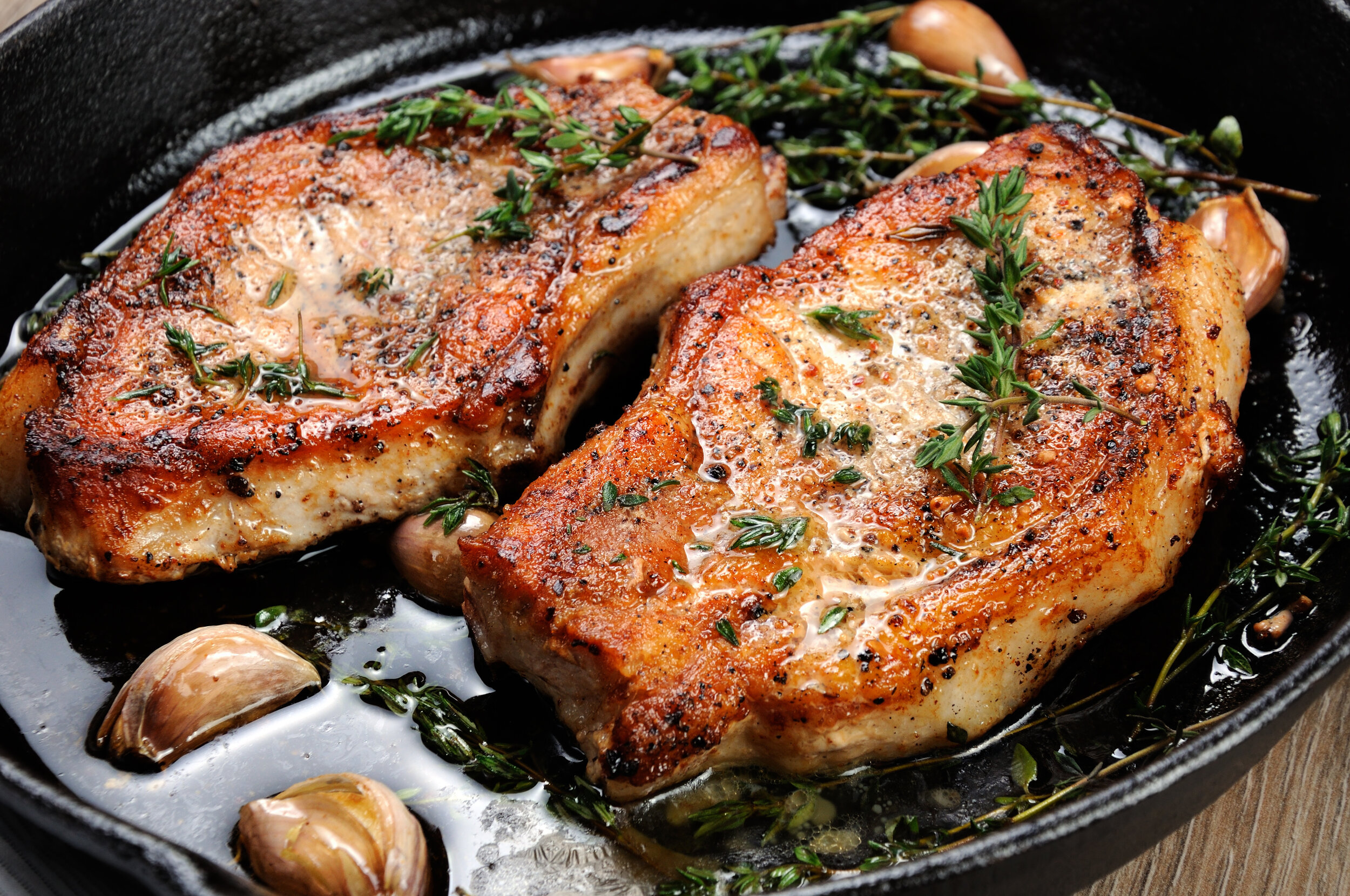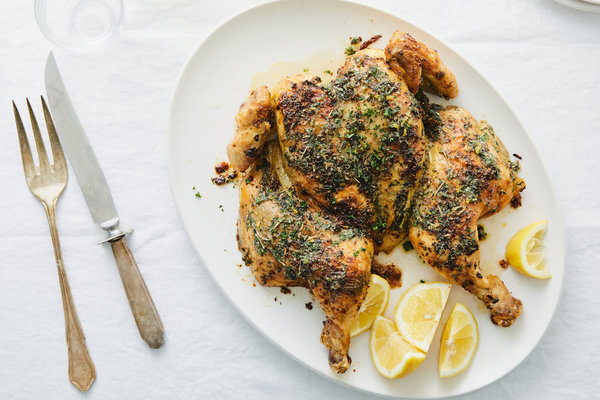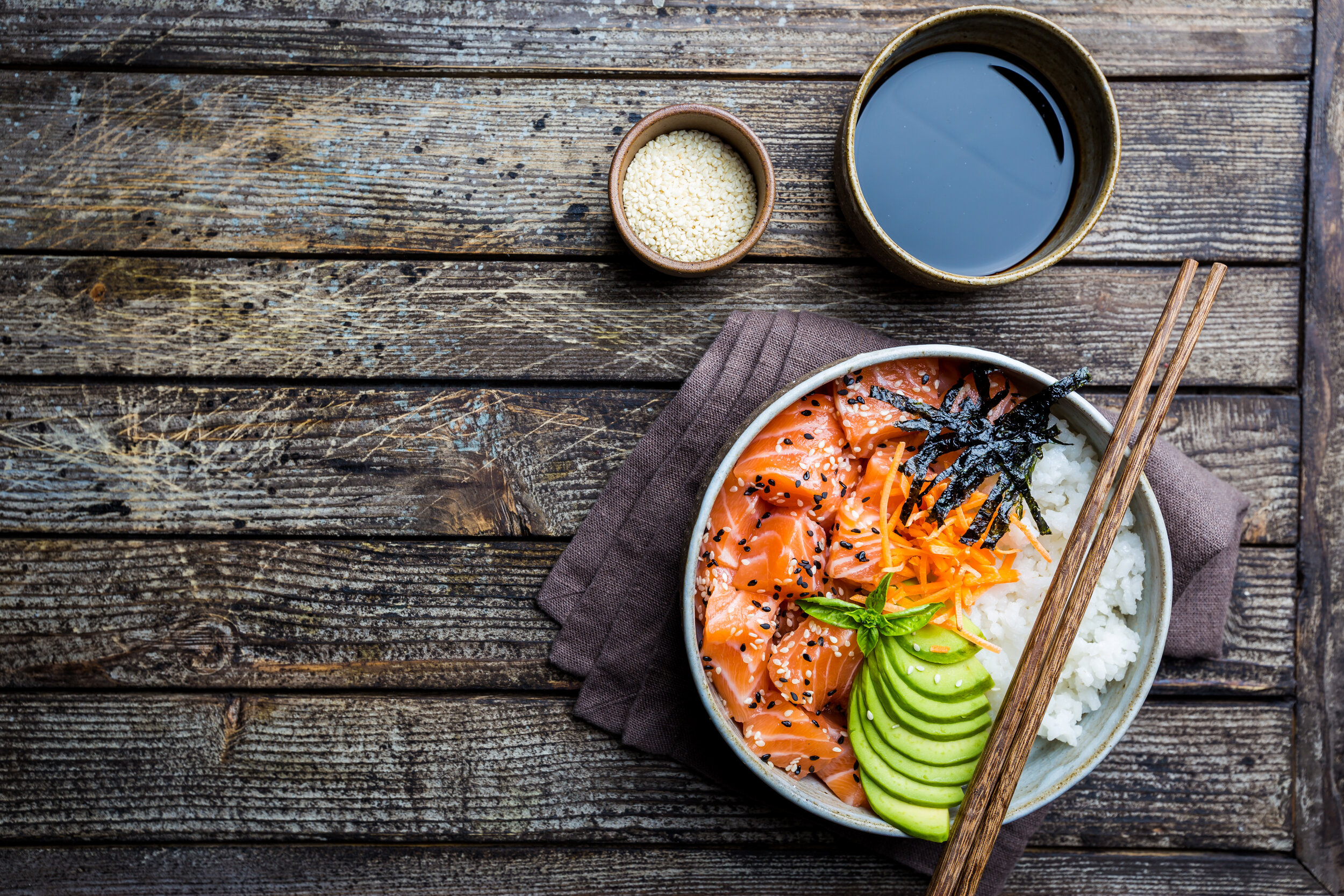Roast Beef Tenderloin with Garlic and Rosemary
This recipe method combines high-heat searing for a crusty, well-seasoned exterior, with low-temperature roasting for a perfectly even and very tender interior. Truly the best of both worlds.
Ingredients
8 SERVINGS. HALF FOR SMALL TENDERLOIN
2 garlic cloves
1 tablespoons rosemary leaves, plus sprigs
4-pound trimmed center-cut beef tenderloin
Kosher salt, freshly ground pepper
1 tablespoon vegetable oil
1 cup plain whole-milk Greek yogurt
⅓ cup sour cream2
tablespoons prepared horseradish½
teaspoon finely grated lemon zest
3 tablespoons unsalted butter
Flaky sea salt (for serving)
Preparation
Step 1
Thinly slice garlic, then mash into a paste using the side of a chef’s knife. Scatter rosemary leaves over garlic; finely chop and mix into garlic. Slice tenderloin in half crosswise to create 2 smaller roasts. Season generously with salt and pepper; rub with garlic-rosemary paste. If your butcher didn’t already tie the roast for you, this is the time to do it: Place tenderloin onto lengths of precut kitchen twine spaced about 1" apart and tie closed snugly. Place on a rimmed baking sheet and chill uncovered 12 hours.
Step 2
Let tenderloin sit at room temperature at least 1 hour and up to 2 hours before cooking.
Step 3
Preheat oven to 250°. Heat oil in a large ovenproof skillet over medium-high. Add tenderloin and cook, turning occasionally, until well browned all over, 8–10 minutes. Transfer skillet to oven and roast tenderloin, turning every 10 minutes or so, until an instant-read thermometer inserted into the thickest part registers 120°, 25–30 minutes. Transfer tenderloin to a cutting board and let rest 15 minutes before removing kitchen twine and slicing. Reserve skillet.
Step 4
Meanwhile, mix yogurt, sour cream, horseradish, and lemon zest in a small bowl to combine; season with salt and pepper.
Step 5
Cook butter and rosemary sprigs in reserved skillet over medium heat, scraping up browned bi ts on the bottom, until butter is melted and very fragrant, about 4 minutes. Transfer sliced tenderloin to a platter; drizzle with rosemary-infused butter and sprinkle with sea salt. Serve with horseradish yogurt.
Step 6
Do Ahead: Tenderloin can be seasoned and chilled 2 days ahead; wrap in plastic wrap after 12 hours. Horseradish yogurt can be made 1 day ahead; cover and chill.
Prime Rib/Standing Rib Roast
A perfectly cooked prime rib is one of the grandest holiday roasts, but only if you cook it perfectly. Here's everything you need to know, from buying the beef, aging it, and a step-by-step guide to cooking it to absolute prime-rib perfection.
Start it in a very low oven. Here's where the "reverse sear" part kicks in. Traditional prime rib recipes will have you start your meat in a very hot oven, based on the premise that searing meat can "lock in juices." This has been proven time and again to be false. If you want the juiciest, tenderest prime rib, your best bet is to do the opposite: Start your prime rib in a very low-temperature oven (200 to 275°F), let it reach about 125°F for medium rare, remove it and let it rest while you crank the oven up to its maximum setting, then set the beef back inside for just a few minutes to crisp up the exterior. The result is prime rib that is measurably juicier and tenderer, with a crackling crust and the biggest expanse of rosy interior. Read up more on the science of the reverse sear here. Try cooking it a little more than you think you should. I strongly believe that well-marbled prime rib is at its best when it's cooked to a minimum of medium rare, and preferably medium. Rare is great for lean cuts like tenderloin, which tend to get dry at higher temperatures, but for fatty, well-marbled cuts, you want to cook them at least to the point where the fat will start to soften and render, delivering flavor and juiciness to your mouth. Indeed, when I did a blindfolded taste test of beef cooked to various temperatures a couple of years back, all but one out of a dozen tasters preferred prime rib cooked to medium rare, even folks who initially claimed that they liked their meat rare. Give it a shot!
How to cook your Stuffed Quail?
Slather quail with butter salt and pepper
Set oven to 350 degrees and place quail on roasting rack
Cook until internal temperature of 145 degrees










